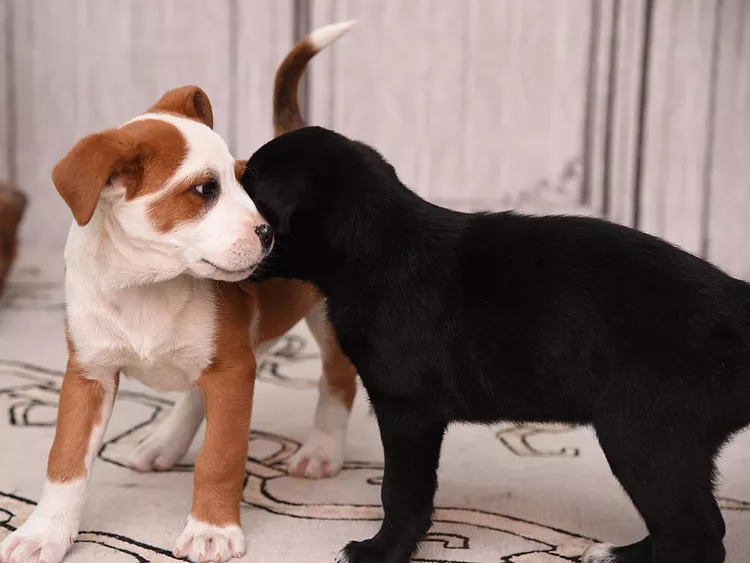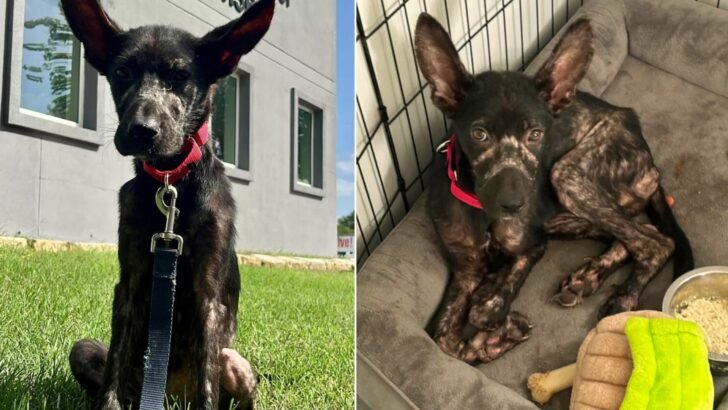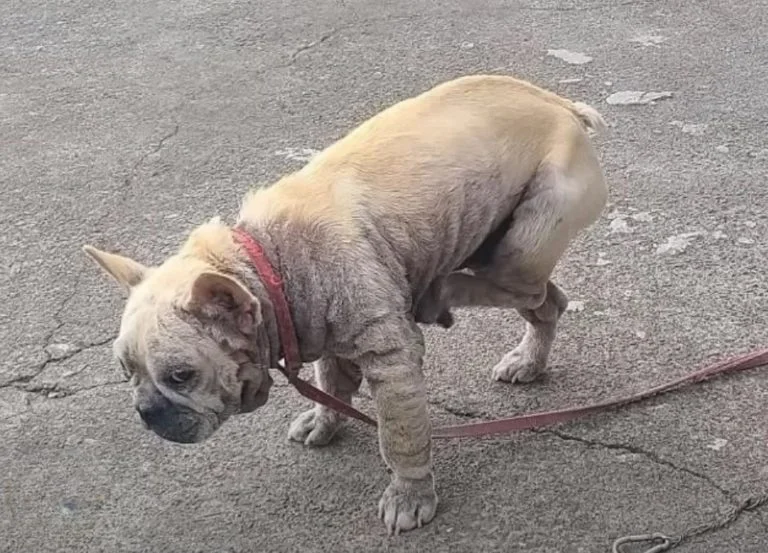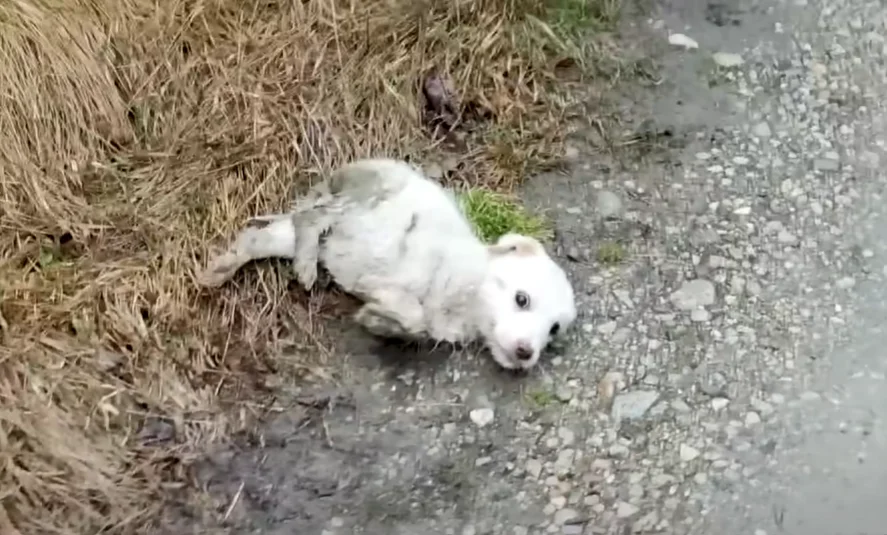Aggression in puppies can manifest in various ways, often influenced by the context and the specific triggers. Understanding these aggressive behaviors is crucial for proper management and prevention. While some displays of aggression are part of normal developmental phases, others may require intervention. Here’s an overview of different types of aggression in puppies and what you can do to address them.
01 of 08: Status-Related Aggression
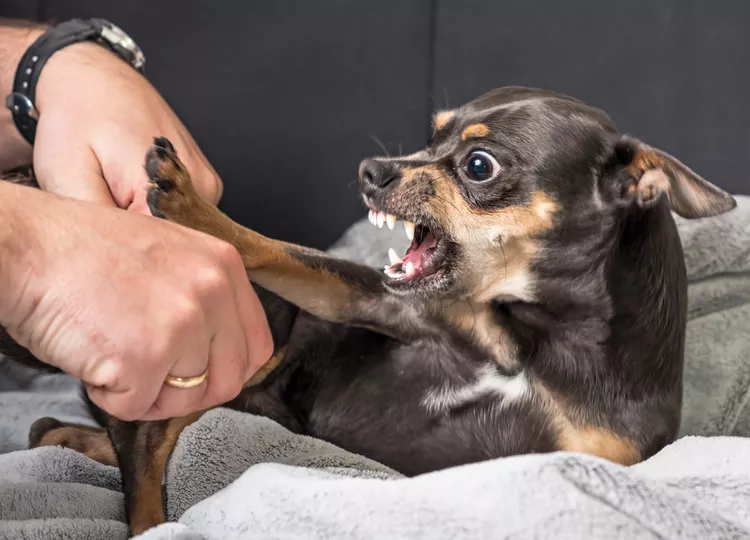
As puppies mature, they may test boundaries with other dogs in the household. This can result in status-related aggression, where a young dog challenges established members of the pack. This behavior is part of establishing their role within the canine hierarchy but can lead to conflicts if not properly managed. Recognizing the signs and knowing how to address them is essential.
02 of 08: Sibling Rivalry

Similar to sibling rivalry in human families, puppies may compete for your attention, affection, and resources like toys and food. This competition can lead to aggressive behaviors, although it is less intense than human sibling rivalry. Understanding the dynamics and how to manage them can help reduce conflicts.
03 of 08: Fear Aggression
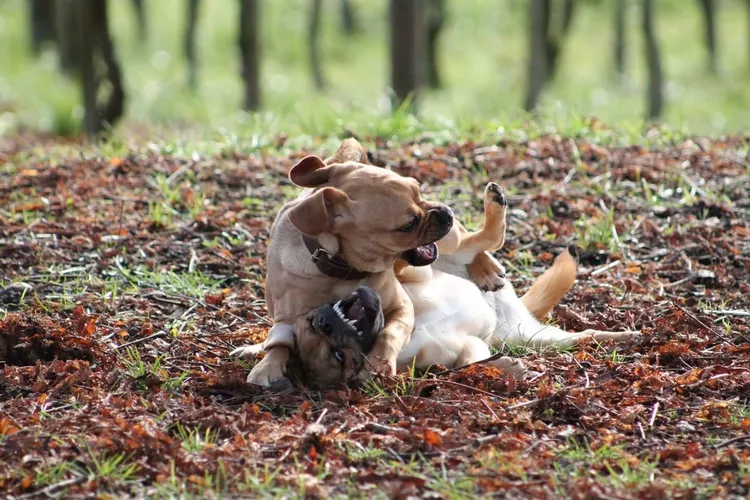
Fear is a common cause of aggression in puppies. When a dog feels threatened and cannot escape, it may resort to aggressive behavior as a defense mechanism. This “fight-or-flight” response can become a learned behavior if the aggression effectively drives away the perceived threat. Addressing fear aggression involves understanding and managing the sources of fear and gradually desensitizing the puppy to these triggers.
04 of 08: Conflict Aggression
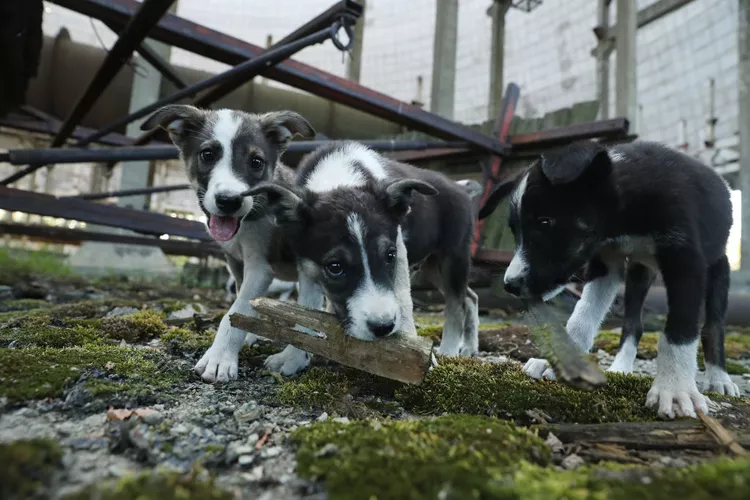
Often mistaken for dominance aggression, conflict aggression arises from a puppy’s inability to handle certain situations. For example, a puppy might growl or snap during nail trimming out of fear or discomfort, and if the owner backs off, the puppy learns that aggression is an effective way to avoid the situation. This type of aggression is better understood as conflict-related and can be managed through consistent training and desensitization.
05 of 08: Leash Aggression
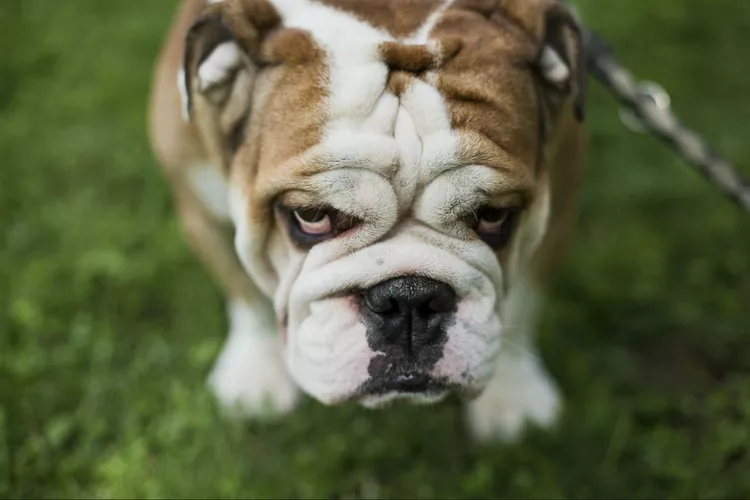
Leash aggression occurs when a puppy reacts aggressively towards other dogs or people while on a leash. This can be due to fear, frustration, or the feeling of confinement. Certain breeds, such as terriers, might be more prone to this behavior. Managing leash aggression involves proper leash training, socialization, and sometimes professional guidance.
06 of 08: Territorial Aggression
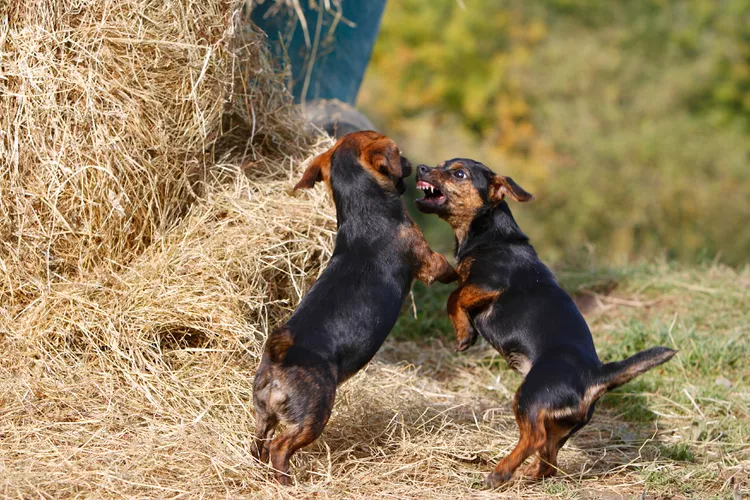
Puppies may exhibit territorial aggression by defending what they perceive as their space, such as your home or yard. While it’s natural for dogs to protect their territory, excessive territorial aggression can become problematic, especially if it extends to people or other animals. Recognizing territorial behavior and implementing training to manage it is important for a balanced approach.
07 of 08: Play and Predatory Aggression
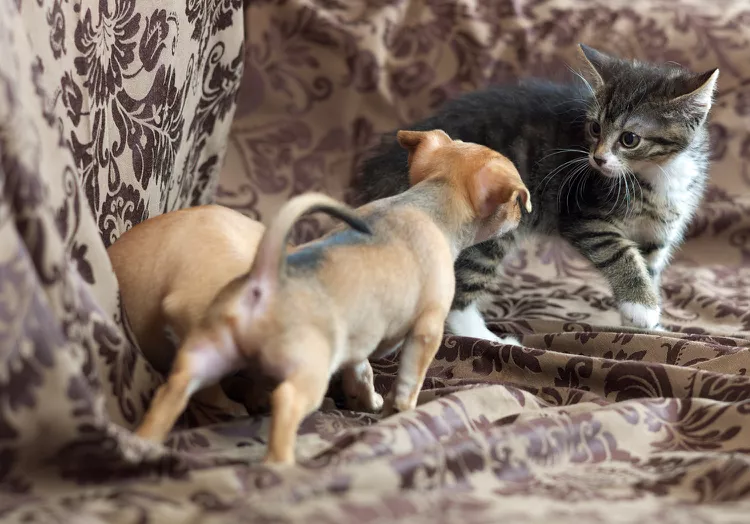
Puppies often use similar body language for play and aggression, which can make it confusing to distinguish between the two. Play aggression is normal but can become problematic if it involves excessive biting or aggression. Predatory aggression, though less common, involves targeting smaller animals or even people. Understanding the difference between playful behavior and aggressive tendencies is crucial for proper management.
08 of 08: Possessive Aggression

Possessive aggression, or resource guarding, occurs when puppies become aggressive over their food or toys. This behavior can pose risks to other pets and people, especially if it escalates. Addressing possessive aggression involves teaching the puppy to associate people with positive outcomes and managing resource access to prevent aggressive outbursts.
Understanding and managing these behaviors involves patience, consistency, and sometimes professional guidance. Early intervention and proper training can help address aggression issues and ensure a well-adjusted, happy puppy.

